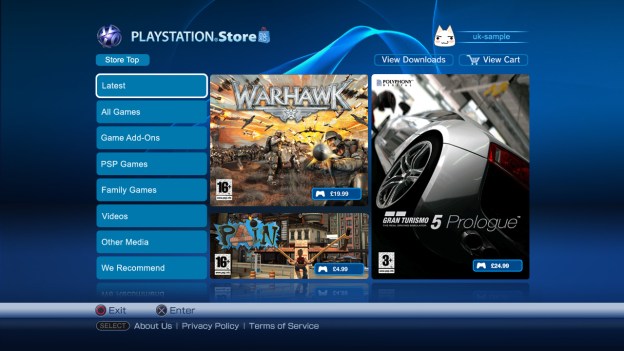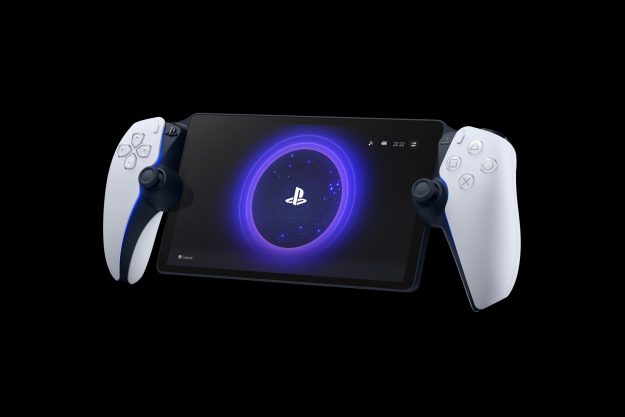
Previously announced during early November, Sony rolled out a revised version of the PlayStation Network digital rights management policy for owners of the PlayStation 3 and the PlayStation Portable. The policy change will also apply to the Vita when it launches in North America next year. All new game purchases made on the PlayStation Network as of November 18 can only be accessed on two devices at any given time. Sony previous allowed users to access PlayStation Network purchases on up to five different devices. Users can view how many devices are currently active with a PlayStation Network account by logging into the Sony Entertainment Network.

This change in DRM policy only effects gaming purchases. For instance, video purchases can be played on a PlayStation 3 as well as three PlayStation Portable devices. It’s also not retroactively applied to previous purchases, thus all purchases before November 18 are still allowed to be accessed on up to five different PlayStation devices. As of yesterday, Sony celebrated the fifth birthday of the release of the PlayStation 3. While Sony remains silent on rumors around the development of the PlayStation 4, Sony is ramping up a push for 3D with the launch of the 24-inch, PlayStation-branded 3D LED monitor. Sporting a $500 price tag, the 1080p screen comes with a single pair of 3D glasses and a PS3 copy of MotorStorm Apocalypse.
Editors' Recommendations
- Best PlayStation Plus Deals: Save on Essential, Plus and Premium
- How to move games to another SSD on a PlayStation 5
- Helldivers 2 PC woes prove that PlayStation needs an online overhaul
- If you’re not using PlayStation Stars, you’re missing out
- PlayStation 6: release date speculation, price, specs, and more


